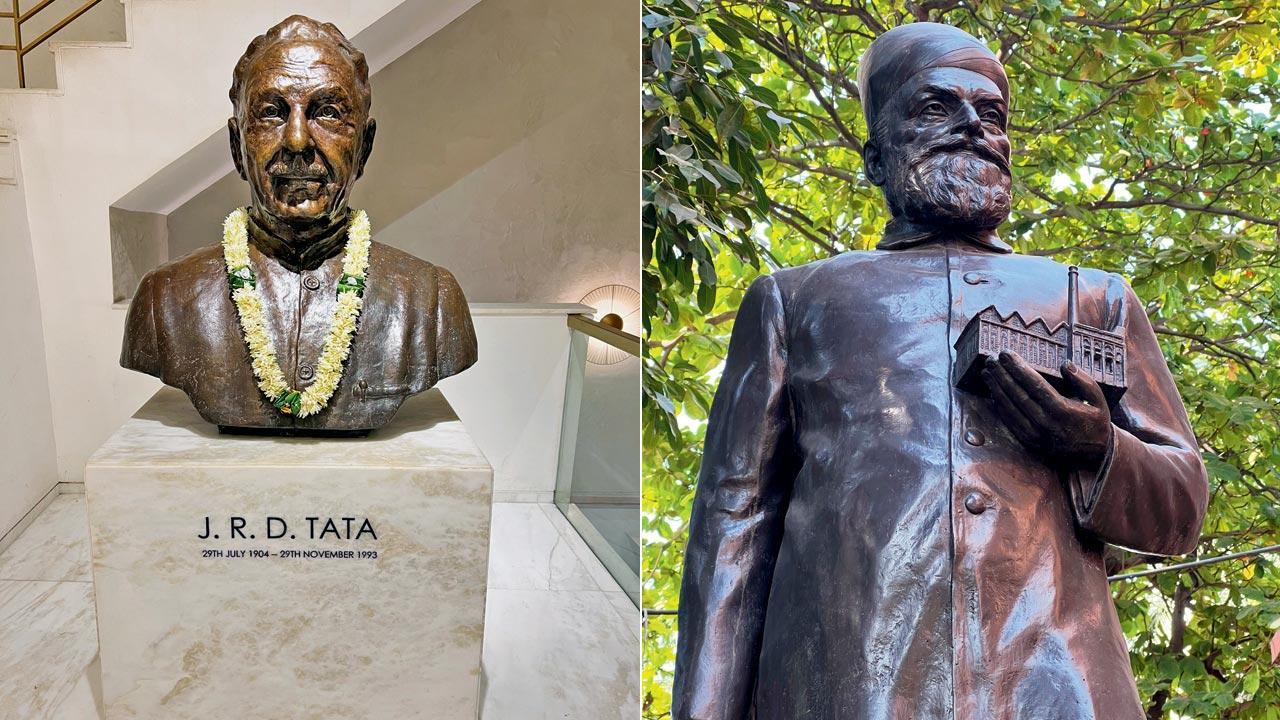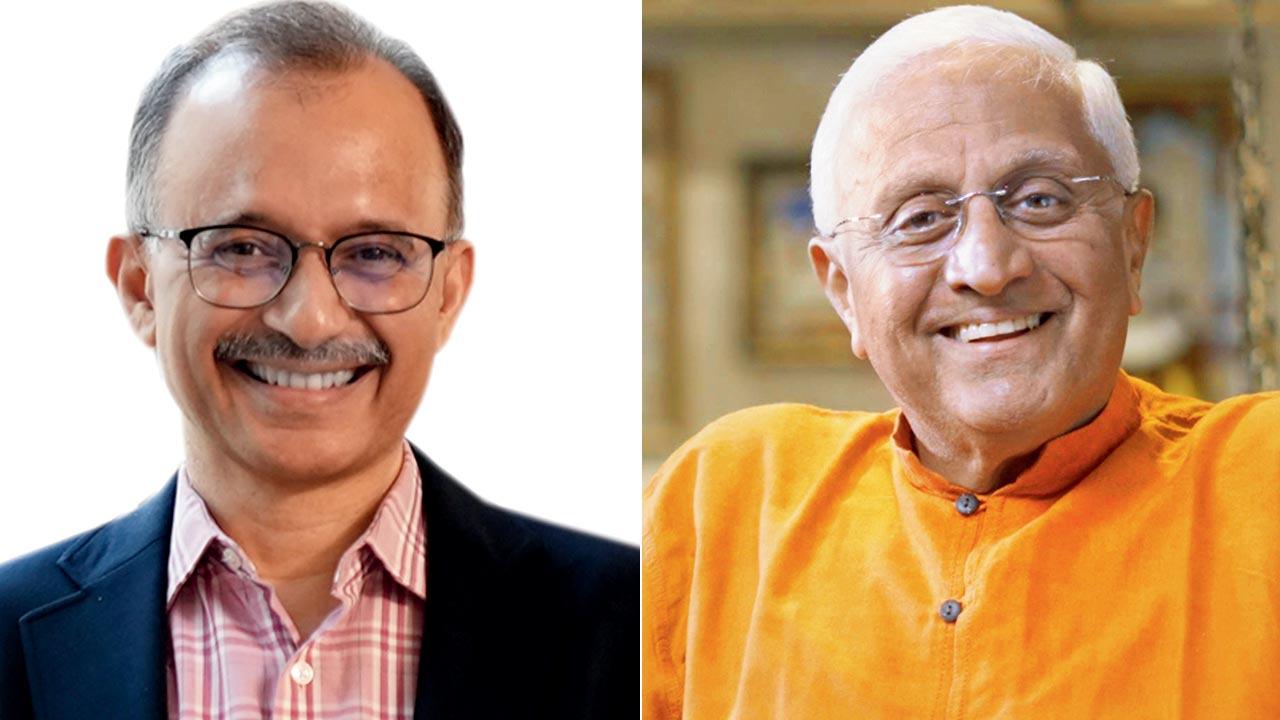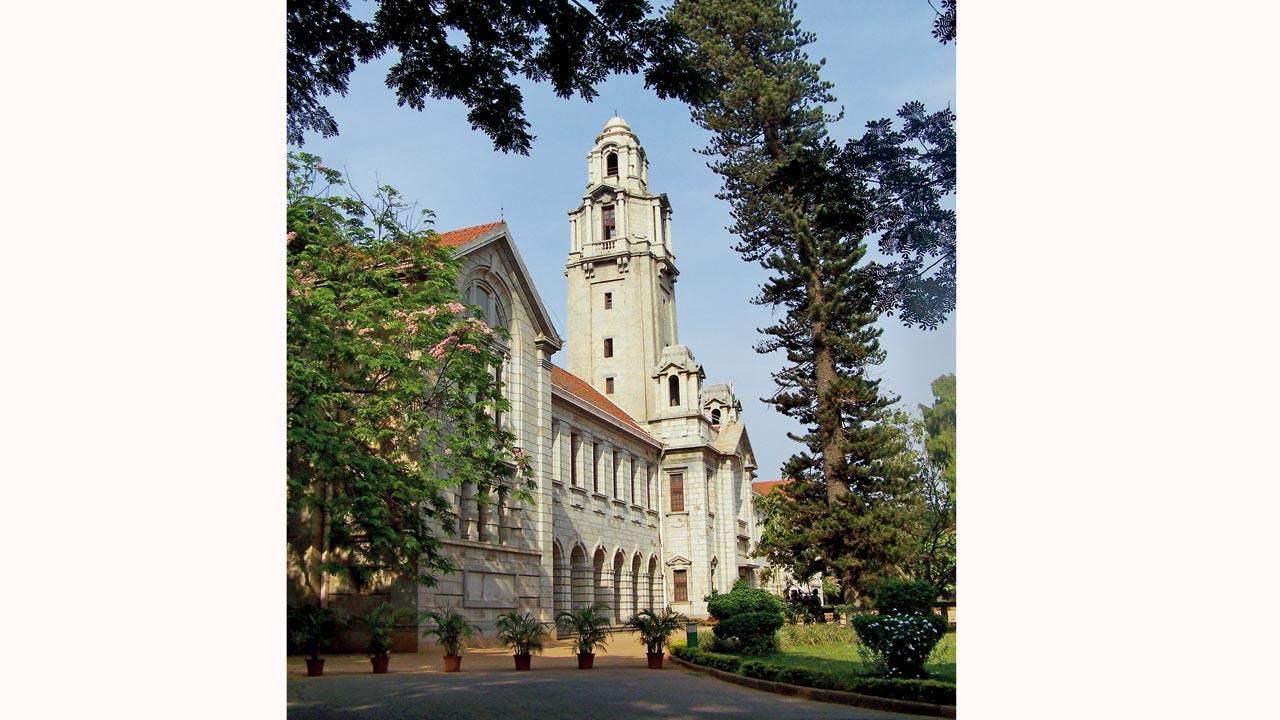A new book by two long-time Tata employees presents lessons gleaned from the work and life of Jamsetji Tata—a man historian Ramachandra Guha calls “the greatest Indian of the 19 century” —and his successors as guiding principles for leaders of today

JRD Tata was to fly down one of the two Puss Moth aircrafts he purchased in England, but fell ill. He brought the craft back by ship as part of his personal baggage. Above, his bust in Bombay House; (right) Inspired by Japan’s science-based silk industry, Jamsetji Tata set up a silk farm in Bangalore. Pictured above, his statue in Nagpur
We were both karma yogis in the sense that we had joined and worked in the operations of companies and wanted to write a book that was experiential rather than pedagogical. Perhaps this is the first book about the philosophy of the Tatas which is not written by academicians, historians, journalists or biographers, but by two guys with no such claims but who were pilgrims on the path of the company’s journeys,” R Gopalakrishnan, once an executive director of Tata Sons Ltd tells us. Gopalakrishnan also served on the boards of Tata Technologies and Tata Chemicals.
ADVERTISEMENT
The new book, Jamsetji Tata: Powerful Learnings for Corporate Success (Penguin Random House), is co-authored by Harish Bhat who has held several roles in the group over 35 years, including managing director of Tata Global Beverages and chief operating officer of Titan Company Ltd. It combines essays and stories drawn from the group’s early, middle and contemporary periods arranged into chapters with overarching themes such Pioneering, People and Persistence. Presented below is a selection of five stories with the authors’ takeaways.
 Harish Bhat and R Gopalakrishnan
Harish Bhat and R Gopalakrishnan
A silk farm in Bangalore: In 1893, Jamsetji Tata visited Japan and observed that the Japanese had based a successful silk industry on scientific principles, becoming convinced that he could build a thriving silk industry in India. He identified a Japanese couple, who had the required expertise, and invited them to India. He decided to establish this farm in the state of Mysore, where a silk industry had flourished in the distant past. The city of Bangalore was a chosen, primarily for its temperate climate. Jamsetji invested the required capital for key aspects, such as cultivation of the mulberry bushes, rearing of the silkworm, treatment of diseases that may impact its development, import of the reeling machinery from Japan and the eventual post-cultivation processing and packaging for European markets, where it would obtain a good price. Apprentices were trained in cultivation of the bush, rearing and cross-breeding of silkworms, early detection of disease, preservation of cocoons, processing of silk and its packaging for exports.
“It goes back to the original purpose behind Jamsetji setting up the Tata Group,” says Bhat. “His philosophy was that he would like to keep community centre stage and not just as another stakeholder. And he created the Tata Silk Farm in Bangalore exactly for that reason—its primary objective was to provide skills, employment and livelihood to the local community.”
 Jamsetji Tata pledged half his wealth to establish the Indian Institute of Science in Bangalore
Jamsetji Tata pledged half his wealth to establish the Indian Institute of Science in Bangalore
Jubilee Diamond to the rescue: Tata Steel’s profits declined after the First World War. Around this time, the company had also announced expansion plans. With a severe cash crunch, there was not enough money to pay wages and in 1924, it appeared that Tata Steel was on the verge of closing down. But Dorabji Tata and his wife Meherbai pledged their entire personal wealth, which came to around R1 crore, to raise funds for Tata Steel. This included all of Meherbai’s jewellery, including the famed Jubilee Diamond weighing 245.35 carats, which was twice as large as the Kohinoor and gifted by Dorabji. Against Dorabji’s pledge, the Imperial Bank of India provided the Tatas a loan of R1 crore which was used to pay workers’ wages and fund the company for a short term. Production of steel at Jamshedpur continued without any significant interruption and the company’s greatest crisis was averted.
“The fact that Dorabji used his personal wealth in 1924 to save Tata Steel from collapse and to ensure that the workers kept their jobs was a testament to his principles, as was Jamsetji Tata’s pledging of half his wealth to found IISc. [Indian Institute of Science],” says Bhat. “From whatever I have read, I believe that this was Dorabji’s personal decision in consultation with his wife Meherbai. Principles are often personal beliefs which we hold dear to our hearts and practice consistently in our lives because they mean so much to us. It’s something we have seen leaders of the Tata Group do well over the last six generations, for 156 years now.”
JRD’s soaring dreams with Tata Airlines: JRD Tata, whose 120th birth anniversary is this year, was fascinated by aeroplanes since childhood and obtained his pilot’s license in 1929 at the age of 25. He saw a real opportunity for civil aviation in India but had to first convince Sir Dorabji, Chairman of the group. There was also a long and arduous process to obtain approvals from the British government of India. Eventually, in 1932, the government approved the Tata proposal for an airline. JRD went to England to purchase the two Puss Moth aircrafts with which the enterprise would begin its operations. He was scheduled to fly back on one of these to India, but fell ill and had to bring the craft back by ship as part of his personal baggage. The first Tata flight took off from Karachi on 15 October 1932, soaring into the skies and heading towards Mumbai via Ahmedabad. JRD piloted it himself. Tata Airlines expanded its routes rapidly.
“Five years before JRD was born,” says Gopalakrishnan, “Juan Trippe, the founder of Pan Am, was born in America. Pan-American Airways, the world’s first major airline, started the same way as Tata Airlines, as an air mail service. I saw a parallel path between Trippe and JRD.”
India’s own car: In 1995, Ratan Tata, who was at the time Chairman of both, Tata Group and Tata Motors, expressed ambitions to manufacture an Indian car. Many sceptics refused to believe it was possible because manufacturing of cars requires technology that India did not have at the time. But Ratan Tata’s team forged ahead with Tata Indica. Skilled and passionate engineers from the Engineering Research Centre of Tata Motors in Pune undertook the challenge, in association with Turin-based design house I.D.E.A. The car had to be sleek and contemporary in aesthetics, but also had to rise to Tata’s clarion call of providing enough space for an Indian family. It had to withstand Indian roads. The transmission system was developed entirely in-house. The second challenge was the huge investment required for a manufacturing plant. Tata and his team scoured the world for a cost-effective alternative eventually finding a disused Nissan plant in Australia, which they were able to purchase at one-fifth the cost. The Tata Motors team disassembled this plant, carried it across the seas and reassembled it in Pune. The third challenge was to develop indigenous components. Many of these were being made for the first time in the country. A special team called supplier quality improvement group (SQIG) was created for this purpose. For the manufacture of some specific components, joint ventures were formed with global giants, under a holding company called Tata AutoComp Systems. The project gave birth to not just a new car but also to an entire new auto manufacturing ecosystem in the western region of India.
“The first exposure I had to Ratan Tata’s dream is when I heard him say that India is among the world’s largest two-wheeler manufacturers,” shares Gopalakrishnan, who was on the board of Tata Motors at the time, “he said, ‘Now if we can put parts together to make a two-wheeler, why can’t we take similar parts, because the component industry is available, and make a car out of scooter parts?’ Just as with the steel plant or the hydroelectric plant, in case of setbacks, the entrepreneurial spirit in the Tatas has been further provoked.”
The Elephant in the Boardroom: Around 2015, there were increasing incidents of conflict between elephants and humans on the Tata Coffee plantations in Coorg. The leadership of Tata Coffee addressed this matter on top priority, guaranteeing the safety of the plantation workers while ensuring that the animals too lived in peace and harmony. They recruited an elephant expert who led the Wildlife cell which studied migration patterns and the corridors the elephants traversed. They understood that the elephants left their forest habitat in search of water, so the company constructed water bodies outside plantations. Since the elephants also came in search of jackfruit, the fruits were cut down before they matured. A cadre of full-time elephant trackers was trained to track, monitor and report movements. Matriarch elephants were radio-collared, as the herd tended to follow its matriarch. Early-warning SMSes went to people inhabiting areas where elephants were sighted. The workers were trained on how to respond in encounters and rogue elephants were relocated to reserves.
“To me, this represents responsible use of profits,” says Bhat, who was chairman of the board of directors of Tata Coffee at that time. “Tata Coffee is a company that has consistently focused on profits and growth, but it also spent a lot of its resources and time in addressing and implementing thoughtful and good solutions to this matter of elephants on its plantations.”
 Subscribe today by clicking the link and stay updated with the latest news!" Click here!
Subscribe today by clicking the link and stay updated with the latest news!" Click here!







